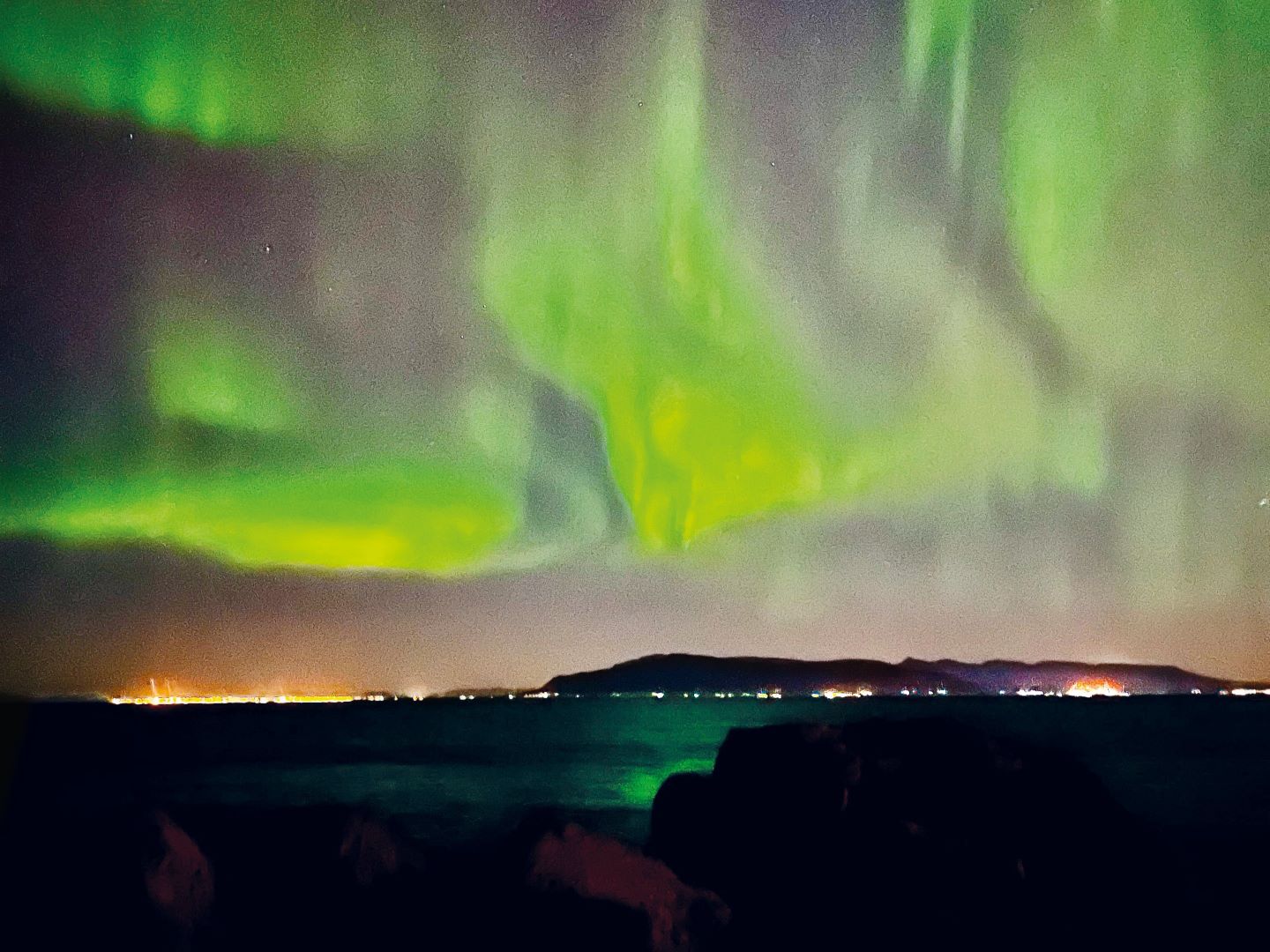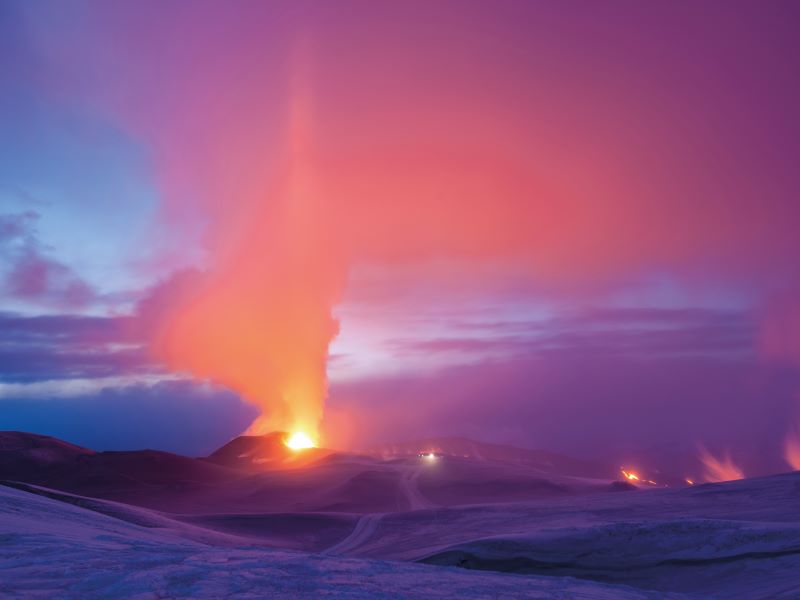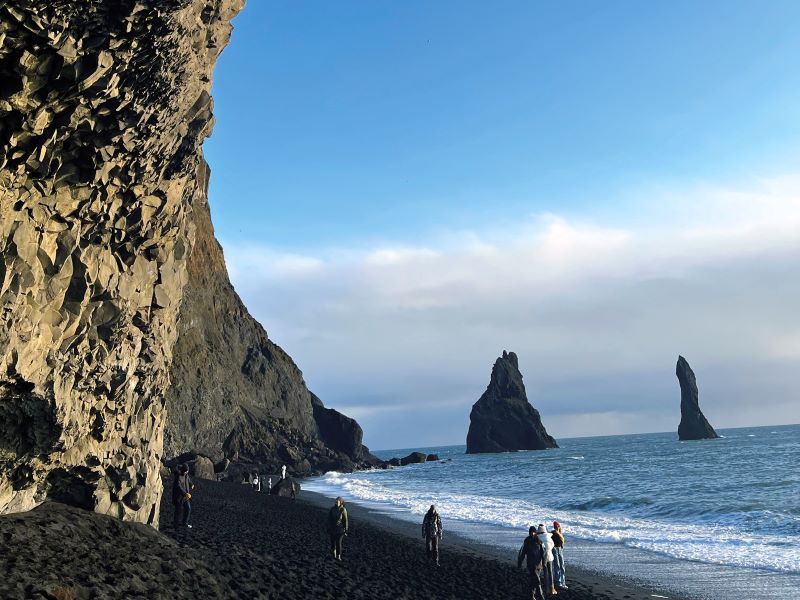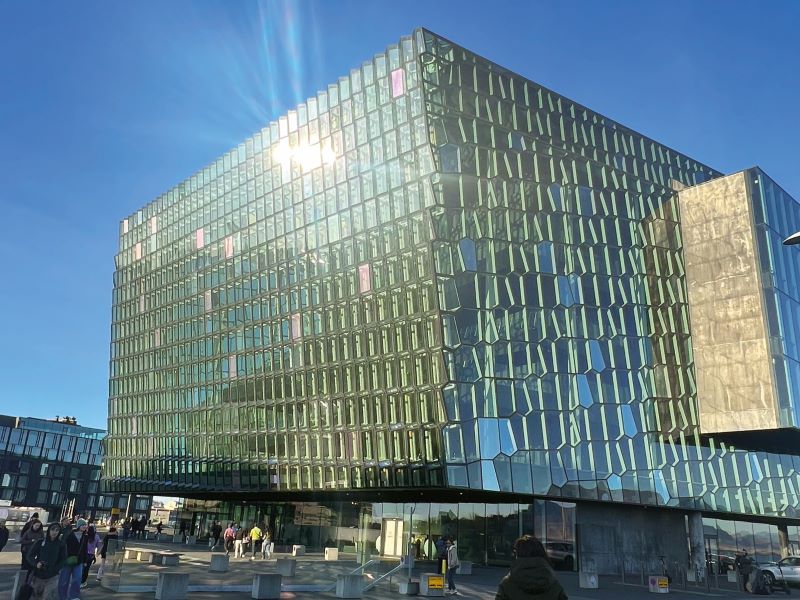
Hauntingly mysterious aurora borealis (Photo: Diana Khoo/The Edge)
Chatter about how this winter season is one of the best ever for the northern lights has been at an all-time high, and with good reason. Increased solar activity has resulted in particularly visible and vibrant aurora borealis sightings all over, from Scandinavia to North America. Iceland, in particular, has attracted a record number of travellers, not just for the nightly natural light show, but also its other wonders and sights. If you need more inspiration or encouragement, read on.
Air
There is a reason “magic” is pretty much the noun of choice after a personal encounter with the northern lights. Although science easily explains the phenomenon as the simple interaction of solar wind particles with the Earth’s atmosphere, the vivid wisps of usually green, but sometimes magenta, pink and red, just take one’s breath away. One of the most popular places for aurora spotting is Thingvellir National Park. Just an hour from Reykjavík by car, it is also the site of Althing, Iceland’s first parliament. If you are not planning to leave the capital city at all, consider hopping over to Perlan — the interactive nature museum perched on Öskjuhlið hill — that has its own observation deck. If you simply cannot bear the cold, go during the day and pop into Áróra, Perlan’s very own northern lights planetarium show, one of many interesting presentations and exhibitions available all year round in the Ingimundur Sveinsson-designed edifice. Another idea is not to go in the dead of winter and, instead, time your trip for mid to late March. The spring equinox, which falls on March 20, is said to be the prime date for strong solar activity as well.
Fire
It was Robert Frost who penned the immortal lines: “Some say the world will end in fire. Some say in ice. From what I’ve tasted of desire, I hold with those who favour fire.” Besides being a metaphor for lust and hate, the words may also be used to describe Iceland rather poetically. Those unfazed by geological volatility and who relish the chance to view the expulsion of rocks and literal fire from the Earth’s belly up close may head to the Reykjanes Peninsula, undoubtedly the place to be as recent spates of well-documented seismic activity has shown.
93617313_l.jpg

Located on the country’s southwestern peninsula, the area, having been dormant for 800 years, began making headlines in 2021 after regular volcanic fissures kept bursting open. A recent eruption at the Sundhnúkur crater reportedly sent lava spewing over a hundred feet into the air. If it is all too much for you, know that the famous nearby geothermal spa of Blue Lagoon, which experienced a few closures in between, is open once again, allowing holistic junkies to enjoy the soothing, otherworldly atmosphere while being slathered with complimentary mud masks. If your flight departs late in the evening, check out of your hotel and spend the rest of your time in Iceland here. Keflavik Airport is not far and there are few better ways to prep for a long flight than by starting with a sybaritic soak.
Water
Those who adore the warm bliss of tropical climes would shudder at the mere thought of visiting an Arctic beach. But Reynisfjara, on Iceland’s south coast, is a must on anyone’s itinerary for a few reasons. Besides the alluring obsidian sand, the seaboard (voted one of the most beautiful non-tropical beaches in the world) is backed by a vertical cliff of towering basalt columns while the marine horizon is interrupted only by a trio of sea stacks collectively referred to as Reynisdrangar. Local lore has it that the craggy rocks were once two trolls trying to drag a three-masted ship to shore late one night, only to turn into stone when morning broke.
img_4438.jpg

Visitors to Reynisfjara are more than welcome to clamber up and strike poses on the columns and explore the little caves carved out by the sea, but caution cannot be emphasised enough. One is admonished to never turn his back on the sea, even for a second, as fatalities have occurred before. The beach is known for sneaker waves that can unexpectedly strike, dragging the unwary out into the cold, deep and notoriously wild waters.
If the thought of driving two to three hours back to Reykjavík exhausts you, scenic though the Ring Road may be, there is always the option to stay a night or two in the charming town of Vík. Should you visit during the summer (barring May and June, which is nesting season for puffins), Reynisfjara is an excellent place to spot the iconic sea birds with their cute, comical faces.
Metal
It may surprise people that sub-zero Reykjavík is a vibrant hub of art and culture, with the best confluence of people and creativity coming together at the award-winning Harpa. Open to the public since 2011, the stunning concert hall was designed by renowned Icelandic-Danish artist Olafur Eliasson, together with Henning Larsen Architects, and constructed primarily with geometric steel and coloured glass panels, said to resemble the crystallised basalt columns found across the country.
img_3718.jpg

Harpa is also home to the Iceland Symphony Orchestra, the Icelandic Opera and the Reykjavík Big Band, and regularly hosts concerts, music festivals and other performances. Etymologists puzzling over its name might be keen to know that Harpa was chosen from thousands of suggestions proposed by members of the public. Besides the obvious reference to the stringed instrument and the venue’s musical purpose, the name was eventually picked for its other inferences, such as being the word for “early spring” in Old Icelandic and a month in the old Nordic calendar.
This article first appeared on Jan 13, 2025 in The Edge Malaysia.


